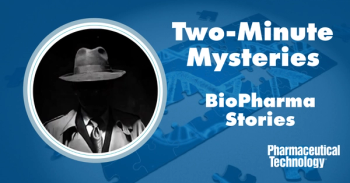
FDA Issues Biomarker Qualification Guidance
The agency provides guidelines on generating histopathology data in nonclinical biomarker qualification studies.
On May 16, 2016, FDA released
Included in the guidance is a methodology for detection of the biomarker. FDA states that the detection system should be well characterized. “For example, for a biochemical biomarker, the assay used to measure the biomarker should have scientifically rigorous analytical sensitivity and analytical specificity … the biomarker assay should reliably and reproducibly detect changes (increase or decrease) or absence of changes in biomarker levels.” FDA also addresses the biological performance of a biomarker, including sensitivity and temporal correlation, specificity, reversibility, and alternative testing models.
Specific aspects of histopathologic methods discussed in the guidance include general planning for confirmatory studies, slide examination procedures, timing of sample collection, controls, fixation, number of sections and sampling location, staining, and special methodology. Other considerations include digital pathology and slide sharing, lexicons, filtering, and other factors.
Source:
Newsletter
Stay at the forefront of biopharmaceutical innovation—subscribe to BioPharm International for expert insights on drug development, manufacturing, compliance, and more.





